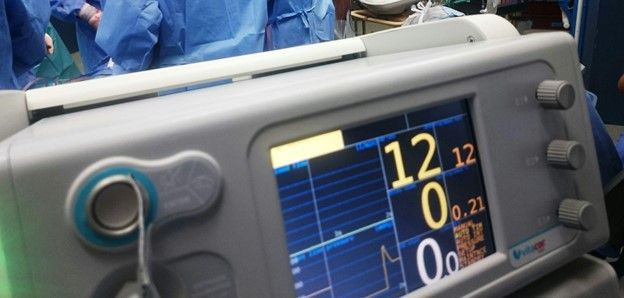Providing Advanced Healthcare Network Security Solutions Across Canada
Telnet Networks, a Canadian leader in network security, visibility, and performance monitoring, is proud to announce its new partnership with Cynerio, the leading provider of healthcare cybersecurity solutions. Telnet Networks is now the first authorized value-added reseller (VAR) of Cynerio’s solutions in Canada, providing healthcare organizations with unparalleled network security tailored to their specific and unique needs.
Cynerio is recognized globally for its comprehensive, multi-layered cybersecurity platform that addresses a wide range of security needs for healthcare organizations. Their platform includes advanced Network Detection and Response (NDR-H), but extends well beyond to offer device visibility, threat detection, risk management, and incident response capabilities. By securing medical devices (IoT and IoMT), protecting patient data, and providing insights into device utilization, Cynerio empowers healthcare organizations to adopt advanced technologies while safeguarding critical assets from cyber threats and supporting compliance with key information security regulations like PIPEDA and PHIPA.
Healthcare organizations in Canada today are faced with an increasing number of security challenges combined with limited budgets and resources to allocate to Cyber Security and data protection. This partnership brings access to Cynerio’s technology and expertise in safeguarding healthcare environments to hospitals across the country.
Cynerio: The Leader in Healthcare Cybersecurity
Cynerio’s NDR-H platform stands out in the healthcare industry by providing full-spectrum threat detection, identifying vulnerabilities in connected medical devices, and enabling organizations to mitigate risks before they lead to harmful outcomes. Their unique focus on healthcare ensures that hospitals, clinics, and other medical institutions are protected from cyber threats while maintaining operational integrity and safeguarding patient privacy. Cynerio also integrates seamlessly with existing healthcare infrastructure, making adoption easy and efficient for organizations.
Telnet Networks: Supporting Healthcare with Network Security Expertise
With over two decades of experience in providing network testing, security and visibility solutions, Telnet Networks has become a trusted partner for public sector organizations across Canada. The company specializes in helping customers achieve optimal network performance while protecting critical systems from ever-evolving cyber threats. This deep understanding of complex public sector environments enables Telnet Networks to deliver customized solutions and advice that align with regulatory and operational needs.
The new partnership between Telnet Networks and Cynerio ensures that Canadian healthcare institutions have access to Cynerio’s full range of best-in-class cybersecurity solutions backed by a trusted and experienced Canadian partner.
For more information about Telnet Networks and Cynerio’s partnership and their healthcare cybersecurity solutions, please visit telnetnetworks.ca/cynerio



